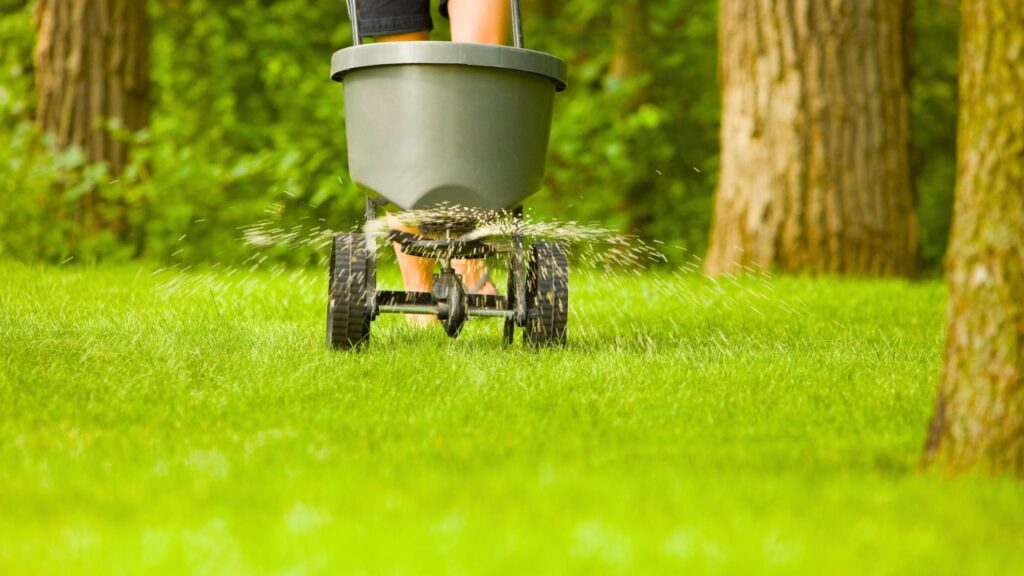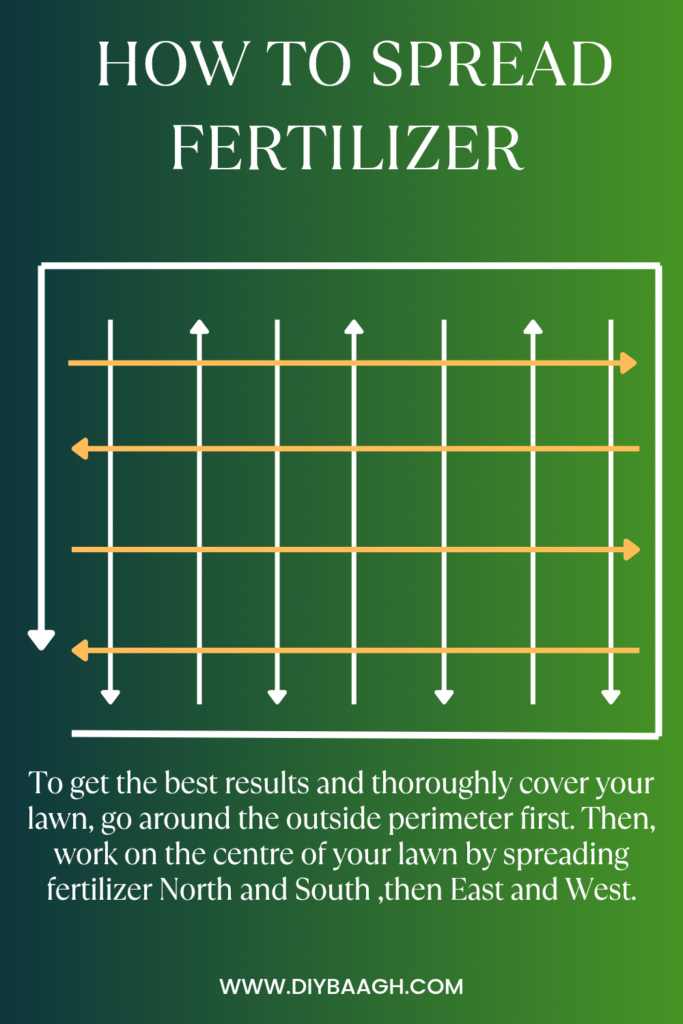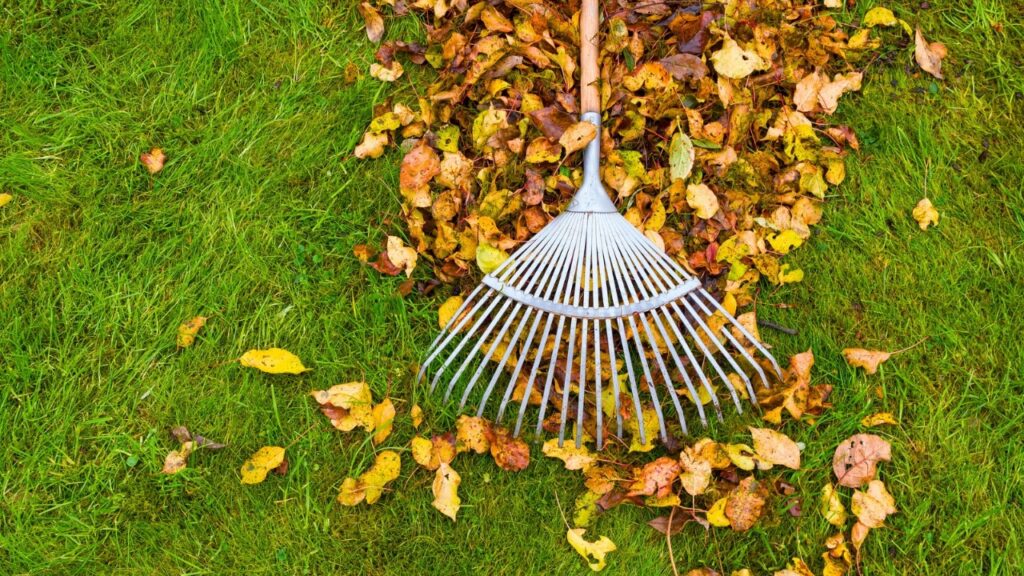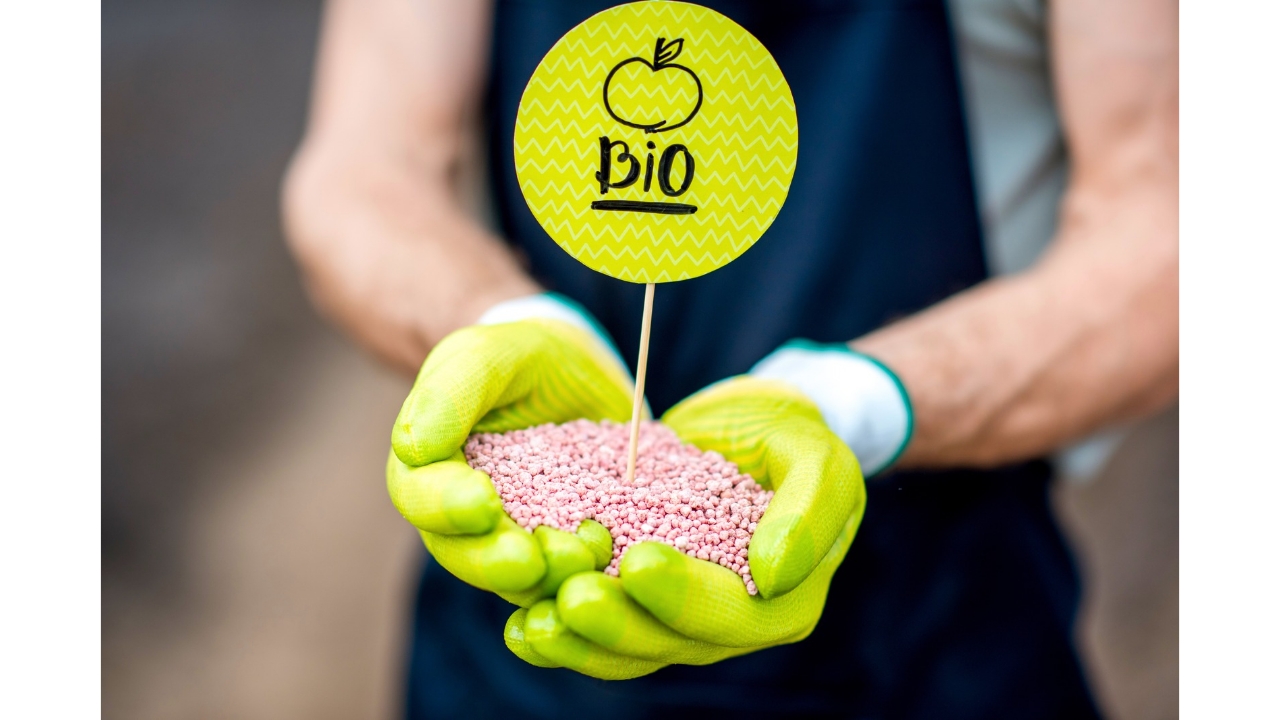Since fertilization is essential for maintaining healthy, green grass, you need to know how to prevent overfertilizing your lawn. Thankfully, it’s as easy as checking your soil, doing what you’re told, and adding fertilizer when and how much you need.
You can keep your lawn healthy without overfertilizing it by following the advice in this article.
This essay will discuss:
Seven Ways to Avoid Overfertilization
1. Recognize the needs for your lawn
2. Apply fertilizer when it is appropriate.
3. Adhere to the label’s instructions.
4. Lower the dosage of fertilizer
5. Use the appropriate amount of fertilizer for the size of your lawn.
6. Make use of additional nutrient sources
7. Keep an eye on your grass
FAQ regarding lawns that are overfertilized
Seven Ways to Avoid Overfertilization
Without knowing how to prevent it, you risk burning your grass by unintentionally adding too many nutrients to the soil.
Although an overfertilized lawn can still be repaired, it would be preferable to avoid it altogether. Here are some pointers directly from professionals on lawn care:
1. Recognize the needs for your lawn

There is no room for guesswork. Avoid the widespread misperception that your lawn will look gorgeous right away if you just buy any fertilizer and apply it.
You must test your soil to determine its unique nutrient requirements because no two lawns are alike. These needs may include micronutrients like calcium and magnesium or one of the main macronutrients like potassium, phosphorus, or nitrogen. You can reduce the likelihood of overfertilizing your lawn by adhering to the suggestions based on the results of the soil test.
2. Apply fertilizer when it is appropriate

Another crucial aspect of fertilizing a grass is timing. However, you should avoid using plant food when it’s really hot or rainy outside. When you fertilize your lawn under stressful conditions, you may experience imbalances, inadequate absorption, or nutrient discharge.
Fertilizing when your lawn is actively developing is advised by experts:
- Late spring to early summer is the ideal time of year to fertilize warm-season grasses, such as bermudagrass and Zoysiagrass. However, if necessary, fertilizer can also be used in late summer or early fall.
- The ideal time of year to fertilize cool-season grasses, such as tall fescue and Kentucky bluegrass, is late summer to early fall. After that, you can fertilize one more in the early to late spring and once more before winter.
Pro tip: To keep track of your fertilizer applications, keep a journal of your fertilizing routine. Additionally, note in your journal the kind of fertilizer you used and how much you used.
3. Adhere to the label’s instructions
If you’re using a commercial fertilizer, the container will contain important information. In addition to the N-P-K (nitrogen, phosphorous, and potassium) ratio, the fertilizer label will provide application guidelines.
Following the fertilizer manufacturer’s instructions about application rates and schedules is a smart idea. But you also need to review the findings of your soil test. By doing this, you can be sure that you won’t fertilize your lawn excessively and end up with a pile of nutrients in the soil.
4. Lower the dosage of fertilizer

It’s preferable to use a lower dose than what is advised if you’re not sure how much to apply. An underfertilized lawn is less harmful and easier to repair. To make up for the deficiency of nutrients, simply apply more fertilizer.
Pro tip: It is preferable to use a slow-release fertilizer unless you have an urgent need for a particular nutrient to save your lawn. The grass can receive the necessary nutrients without overburdening the soil thanks to the slow release of nutrients.
5. Use the appropriate amount of fertilizer for the size of your lawn

You risk overestimating the size of your grass and unintentionally overfertilizing it if you don’t measure it. Because they believe their grass is bigger than it is, homeowners frequently apply more fertilizer than is necessary.
Remember to measure the area of your lawn before fertilizer application to prevent this error. Using this calculation, you may determine how much fertilizer your grass actually needs once you know its size:
* 1 pound of fertilizer / N percent of nutrient in fertilizer * area to be fertilized in square feet = (N amount of nutrient needed in lbs. / 1,000 sq. ft.) * fertilizer needed
For example, according to your soil test report, you should apply 5 pounds of nitrogen per 1,000 square feet of your grass, which is around 1,500 square feet. 37.5 pounds of this inorganic fertilizer is required for your lawn if you have a 20-0-0 fertilizer, which contains 20% nitrogen, 0% phosphorus, and 0% potassium. The calculation is:
The amount of fertilizer required is equal to (5 pounds of nitrogen per 1,000 square feet) * (1 pound of fertilizer per 0.20) * 1,500 square feet.
6. Make use of additional nutrient sources

To provide your lawn the nutrients it needs, you don’t have to limit yourself to using only inorganic fertilizers. It is actually possible to combine inorganic and organic fertilizers. Grass clippings are among the most popular organic fertilizers used by homeowners.
You may naturally replenish the soil with nutrients by allowing the grass clippings to break down after you mow your lawn. By doing this, less fertilizer may be required.
“If you recycle lawn clippings back into the lawn, use only ½ pound actual nitrogen per 1,000 square feet of lawn for your spring fertilization,” advises Heidi Kratsch, a landscape horticulture specialist and John Cobourn, a water resource specialist with the University of Nevada Cooperative Extension.
7. Keep an eye on your grass

If you want to keep an eye on your lawn, you don’t have to do it all the time. You simply need to examine your lawn once or twice a day for a week or two after fertilizer application to make sure everything is in its proper place. You can be sure you’ve properly fertilized your grass by looking for the following indicators:
- New grass growth that is healthy
- Very little thatch accumulation
- Improved retention of water
- No indications of burnt fertilizer
- The lawn’s uniform green color
However, bald patches and brown grass are clear indicators of overfertilization. Another indication that you may have used too much plant food is excessive growth.
FAQ regarding lawns that are overfertilized
How may an overfertilized lawn be fixed?
Assessing the degree of damage to your lawn is the first step in repairing an overfertilized lawn. The remaining fertilizer must next be leached from your grass by soaking it in water after removing any excess. You may need to transplant the grass in the impacted areas if it doesn’t resolve the problem.
How long will it take for my lawn to recover from too much fertilizer?
The amount of damage to your lawn will determine how long it takes for most grasses to recover.
Does burning fertilizer have an impact on the environment?
Indeed. Fertilizer burn has negative effects on the ecosystem in addition to damaging your grass, such as releasing toxic gases into the atmosphere and causing algae blooms that deplete surface waters of oxygen.

